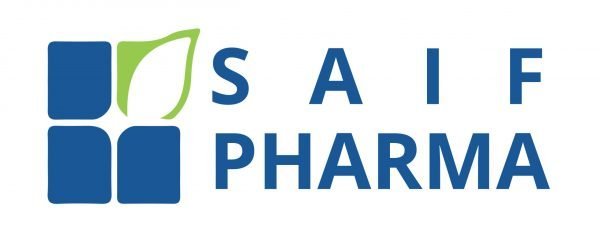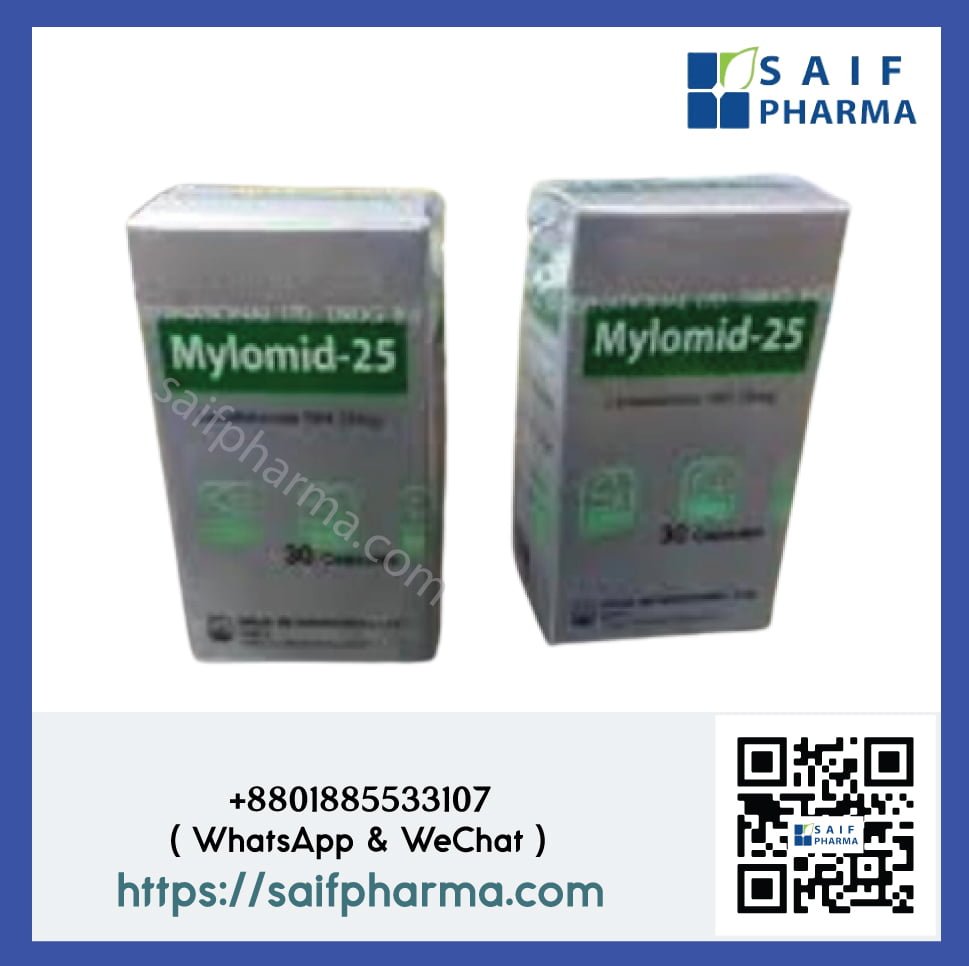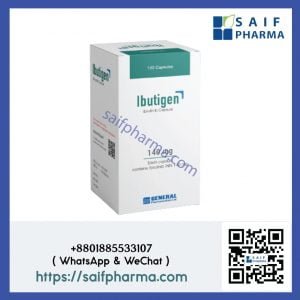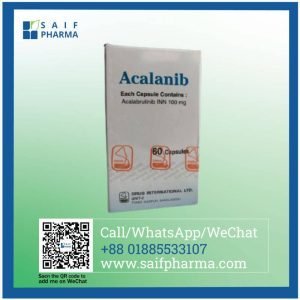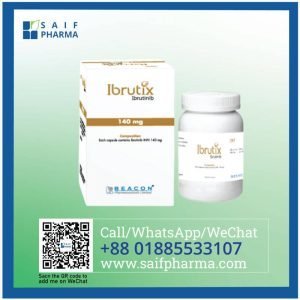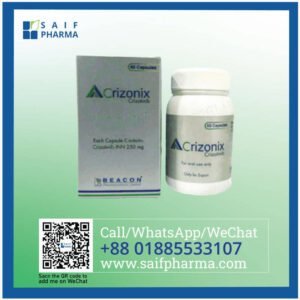Suggestions
Multiple Myeloma Lenalidomide in combination with Dexamethasone is indicated for the treatment of adult cases with multiple myeloma (MM). Lenalidomide is indicated as a conservation remedy in adult cases with MM following autologous hematopoietic stem cell transplantation ( bus-HSCT).
Myelodysplastic Runs Lenalidomide is indicated for the treatment of adult cases with transfusion-dependent anemia due to low-or intermediate-1-risk myelodysplastic runs (MDS) associated with an omission 5q cytogenetic abnormality with or without fresh. Read more
Pharmacology
Lenalidomide is an analogue of thalidomide with immunomodulatory, antiangiogenic, and antineoplastic parcels. Cellular conditioning of Lenalidomide is intermediated through its target carbon, an element of a cullin ring E3 ubiquitin ligase enzyme complex. In vitro, in the presence of the medicine, substrate proteins ( including Aiolos, Ikaros, and CK1α) are targeted for ubiquitination and posterior declination leading to direct cytotoxic and immunomodulatory goods. Lenalidomide inhibits proliferation and induces apoptosis of certain hematopoietic excrescence cells including MM, mantle cell carcinoma, and del (5q) myelodysplastic runs in vitro. Lenalidomide causes detention in excrescence growth in some in vivo nonclinical hematopoietic excrescence models including MM. Immunomodulatory parcels of Lenalidomide include increased number and activation of T cells and natural killer (NK) cells leading to direct and enhanced antibody-dependent cell– intermediated cytotoxicity (ADCC) via increased stashing of interleukin-2 and interferon-gamma, increased figures of NKT cells, and inhibition of pro-inflammatory cytokines (e.g., TNF-α and IL-6) by monocytes. In MM cells, the combination of Lenalidomide and Dexamethasone synergizes the inhibition of cell proliferation and the induction of apoptosis.
Immersion Lenalidomide is fleetly absorbed following oral administration. Following single and multiple boluses of Lenalidomide in cases with MM or MDS, the maximum tube attention passed between0.5 6 hours post-dose. The single and multiple-cure pharmacokinetic disposition of Lenalidomide is direct with AUC and Cmax values adding proportionally with cure. Multiple boluses of Lenalidomide at the recommended lozenge don’t affect medicine accumulation. Administration of a single 25 mg cure of Lenalidomide with a high-fat mess in healthy subjects reduces the extent of immersion, with an approximate 20 drop-in AUC and 50 drop-ins Cmax. In the trials where the efficacity and safety were established for Lenalidomide, the medicine was administered without regard to food input. Lenalidomide can be administered with or without food. The oral immersion rate of Lenalidomide in cases with MCL is analogous to that observed in cases with MM or MDS.
Distribution In vitro (14 C)-Lenalidomide list to tube proteins is roughly 30. Lenalidomide is present in semen at 2 hours (1379 ng/ exclaim) and 24 hours (35 ng/ exclaim) after the administration of Lenalidomide 25 mg daily.
Elimination The mean half-life of Lenalidomide is 3 hours in healthy subjects and 3 to 5 hours in cases with MM, MDS, or MCL.
Metabolism Lenalidomide undergoes limited metabolism. Unchanged Lenalidomide is the predominant circulating element in humans. Two linked metabolites are 5 ¬ Hydroxy-Lenalidomide and N-Acetyl Lenalidomide; each constitutes lower than 5 of parent situations in rotation.
Excretion Elimination is primarily renal. Following a single oral administration of (14 C)-Lenalidomide 25 mg to healthy subjects, roughly 90 and 4 of the radioactive cure were excluded within ten days in urine and feces, independently. Roughly 82 of the radioactive cure was excreted as Lenalidomide in the urine within 24 hours. Hydroxy-Lenalidomide and N-Acetyl-Lenalidomide represented4.6 and1.8 of the excreted cure, independently. The renal concurrence of Lenalidomide exceeds the glomerular filtration rate.
Lozenge
Lenalidomide Combination Remedy The recommended starting cure of Lenalidomide is 25 mg orally formerly daily on Days 1-21 of repeated 28- day cycles in combination with Dexamethasone. For cases lesser than 75 times old, the starting cure of Dexamethasone may be reduced. Treatment should be continued until complaint progression or inferior toxin. In cases who aren’t eligible for bus-HSCT, treatment should continue until complaint progression or inferior toxin. For cases who are bus-HSCT-eligible, hematopoietic stem cell rallying should do within 4 cycles of a Lenalidomide-containing remedy.
Lenalidomide Conservation Remedy Following Bus-HSCT Following bus-HSCT, initiate Lenalidomide conservation remedy after acceptable hematologic recovery (ANC at least 1000/ mcL and/ or platelet counts at least/ MCL). The recommended starting cure of Lenalidomide is 10 mg formerly daily continuously ( Days 1-28 of repeated 28- day cycles) until complaint progression or inferior toxin. After 3 cycles of conservation remedy, the cure can be increased to 15 mg formerly daily if permitted.
Recommended Lozenge for Myelodysplastic Runs The recommended starting cure of Lenalidomide is 10 mg daily. Treatment is continued or modified grounded upon clinical and laboratory findings. Continue treatment until complaint progression or inferior toxin.
Recommended Lozenge for Mantle Cell Lymphoma The recommended starting cure of Lenalidomide is 25 mg/ day orally on Days 1-21 of repeated 28- day cycles for regressed or refractory mantle cell carcinoma. Treatment should be continued until complaint progression or inferior toxin. Treatment is continued, modified, or discontinued grounded upon clinical and laboratory findings.
Side Effects
The embryo-fetal toxin, hematologic toxin, venous and arterial thromboembolism, increased mortality in cases with CLL, alternate primary malice, hepatotoxicity, severe cutaneous response excrescence lysis pattern, excrescence flare responses, disabled stem cell rallying, thyroid diseases. beforehand mortality in cases with MCL, acuity. Severe Acuity Responses Lenalidomide is contraindicated in cases who have demonstrated acuity (e.g., angioedema, Stevens-Johnson pattern, poisonous epidermal necrolysis) to Lenalidomide.
